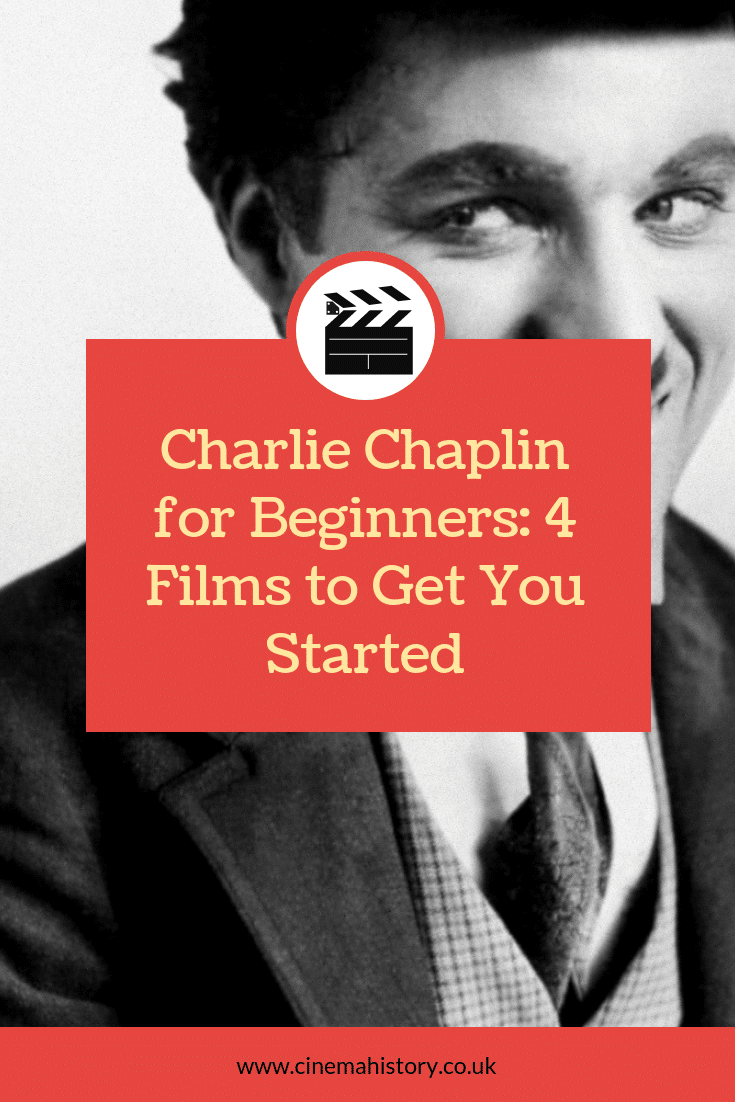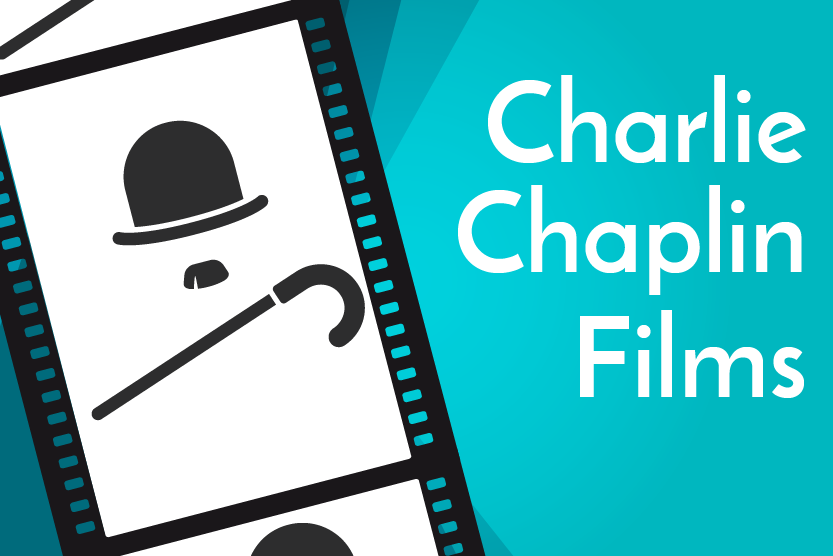For many, Charlie Chaplin is one of the most iconic faces in Silent Cinema. His iconic costume and classic slapstick approach have made his legacy endure. Chaplin is a gateway into silent comedy. His stories are easy to follow, funny and engaging. If you’re looking to get into silent movies or just want to get into Chaplin films, here is a quick guide to Charlie Chaplin for Beginners.
Charlie Chaplin For Beginners: An Introduction
Charlie Chaplin was born in London to music hall parents, so theatre was in his blood. His parents divorced when Chaplin was a child. His mother couldn’t work due to her mental health, and his father wanted nothing to do with his children, so Chaplin spent much of his early life in various work houses or boarding schools for poor children. Chaplin eventually found his way to the stage, befriending fellow screen legend Stan Laurel along the way. Eventually, his theatre career lead him to Vaudeville in America, and he quite quickly became involved in film.
Chaplin had many different talents. As well as acting, he was an accomplished dancer, director and musician. He taught himself to read and write as an adult so he could improve his scriptwriting and songwriting abilities and aimed to teach himself a new word every day. He also went to head up United Artists, a studio outside of the Studio System which allowed talented artists to have more creative control over their films, and receive more of the money from the film’s success. This studio went on to catapult the career of Walt Disney, amongst many others.
Charlie Chaplin For Beginners: The Films
The Kid (1921)
The Kid is a feature-length movie which aims to bring a “smile and perhaps a tear”. This film was one of the first mainstream Hollywood films to use comedy and tragedy as main themes. The Kid features Charlie Chaplin’s Tramp character, who discovers a baby on the street. Despite initially not feeling cold towards it, he decides to look after it.
The film follows the struggles of living under the poverty line. There are a few parallels with Chaplin’s childhood. He grew up in poverty and was often in and out of workhouses. The loft that the Tramp lives in feels very similar to the one Chaplin describes in his autobiography. This is a great introduction to Charlie Chaplin for Beginners as it sums up everything about Chaplin’s film-making ethos.
The Tramp (1915)
By 1915, the Little Tramp character was a firm favourite among cinema-goers. The Tramp had appeared in a series of films by this point as both a supporting and main character. This film developed the Tramp’s characteristics. We see the more caring, sensitive, gentlemanly tramp come out alongside Chaplin’s Slapstick and romance storyline.
City Lights (1931)
City Lights is a beautiful film about Chaplin’s tramp character falling in love with a blind flower girl. He sends the film saving up for an operation to restore her eyesight. It’s beautifully acted and incredibly touching.
By the 1930s, “talkies” were hugely popular with cinema audiences. Charlie Chaplin was aware of talkies popularity but was wary of changing the formula that had worked so well. City Lights is a silent film, but Chaplin used the new technology to create his own score to accompany his film.
Modern Times (1936)
Modern Times is another Little Tramp film. This time, the Tramp is trapped in an industrial world. The film was supposed to be Charlie Chaplin’s first talkie, but he decided to stick to a silent format, but use the sound technology for sound effects and a few lines of dialogue. The tramp doesn’t speak, save for a few muffled lines of gibberish. One piece of music written for the film was “Smile” a song made popular by Nat King Cole and Michael Jackson, among others.
This film also features some clever camera tricks, especially when it comes to a particular scene with some roller skates.
Modern times marked the end of the Tramp. Charlie Chaplin retired the character as he feared he wouldn’t transition well into sound.

